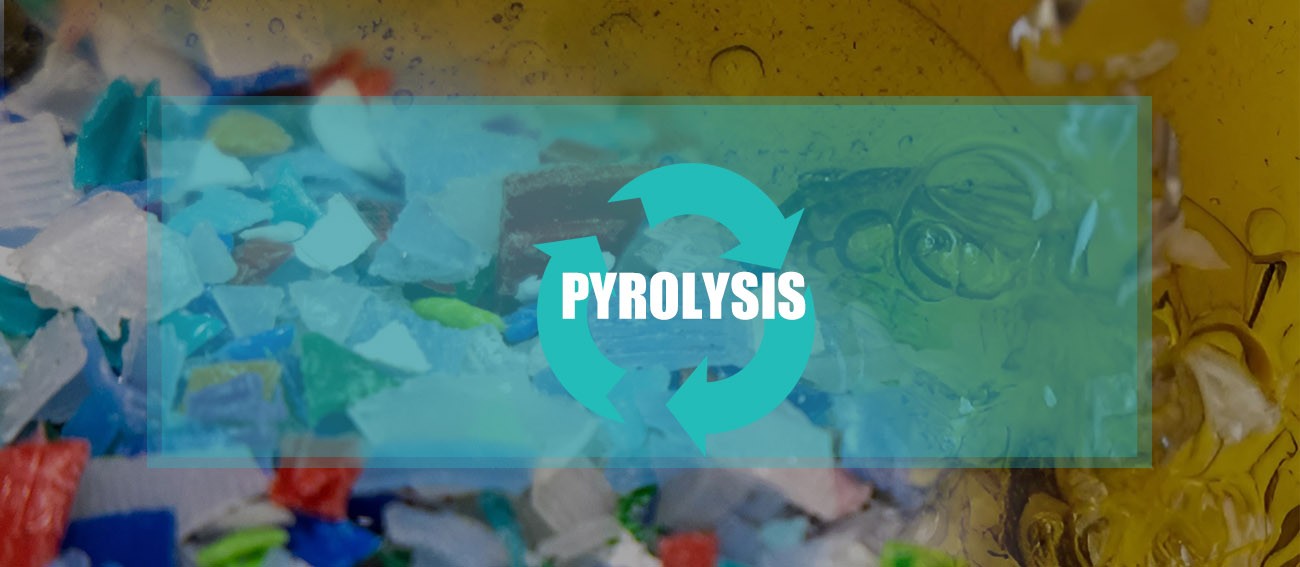Advancements in Plastic Pyrolysis: From Research to Commercialization
Plastic Pyrolysis Process
Plastic pyrolysis is a process that involves heating plastic waste in the absence of oxygen to break it down into smaller molecules, typically resulting in liquid hydrocarbons, gases, and char. This process is considered a form of chemical recycling, as it converts plastic waste into useful products that can be further refined or used as fuel.

Here’s how plastic pyrolysis generally works:
- Feedstock Preparation: Plastic waste, often in the form of shredded or chopped pieces, is prepared for the pyrolysis process of plastic pyrolysis plant. This waste can include various types of plastic such as polyethylene (PE), polypropylene (PP), polystyrene (PS), and polyethylene terephthalate (PET).
- Pyrolysis Reactor: The prepared plastic waste is then fed into a pyrolysis reactor, which is typically a high-temperature vessel. The reactor operates in the absence of oxygen to prevent combustion and promote thermal decomposition of the plastic.
- Heating and Decomposition: The plastic waste is heated to temperatures typically ranging from 300 to 800 degrees Celsius (572 to 1472 degrees Fahrenheit), depending on the specific process and types of plastic being processed. At these high temperatures, the long-chain polymers in the plastic break down into smaller molecules.
- Product Collection: As the plastic undergoes pyrolysis, it breaks down into various products, including liquid hydrocarbons (pyrolysis oil or crude oil), gases (such as methane, ethane, propane, and hydrogen), and solid residue (char or coke). These products are then separated and collected for further processing or use.
- Refining or Utilization: The liquid hydrocarbons obtained from plastic pyrolysis can be further refined into fuels or chemicals, similar to traditional crude oil refining processes. The gases produced can be used as fuel for the pyrolysis process itself or for other applications. The solid residue, char, can be used as a source of carbon or as a component in various industrial processes.
Plastic pyrolysis is considered a promising technology for dealing with plastic waste because it can potentially convert non-recyclable plastics into valuable products, reduce reliance on fossil fuels, and mitigate environmental pollution associated with plastic waste disposal. However, challenges such as the scalability of the process, the need for efficient separation and purification techniques, and environmental concerns related to emissions and waste management still need to be addressed for widespread adoption of plastic pyrolysis technology. Also, you can see the waste tire pyrolysis plant here.
Plastic Pyrolysis Development
Plastic pyrolysis technology has seen significant development and interest in recent years due to the pressing need to address plastic waste management and find sustainable solutions. Here are some key developments in the field:
- Research and Innovation: There has been ongoing research and innovation in the development of pyrolysis processes, aiming to improve efficiency, yield, and the range of plastic types that can be effectively processed. Researchers are exploring various catalysts, reactor designs, and operating conditions to optimize the pyrolysis process.
- Scale-Up and Commercialization: Several companies and startups have emerged in the plastic pyrolysis sector, aiming to commercialize the technology and scale it up for industrial applications. These companies are investing in pilot plants and demonstration projects to showcase the feasibility and scalability of plastic pyrolysis for large-scale waste management.
- Technological Advancements: Advances in pyrolysis reactor design, control systems, and process monitoring technologies have improved the efficiency and reliability of plastic pyrolysis operations. Automation and digitalization are being integrated into pyrolysis plants to enhance process control and optimize resource utilization. See thermal desorption unit.
- Partnerships and Collaborations: Collaboration between industry, academia, and government organizations has played a crucial role in advancing plastic pyrolysis technology. Partnerships facilitate knowledge exchange, funding support, and regulatory frameworks for the development and deployment of pyrolysis solutions.
- Policy and Regulatory Support: Governments and regulatory bodies are increasingly recognizing the importance of plastic waste management and are implementing policies to incentivize recycling and circular economy initiatives. Supportive policies such as extended producer responsibility (EPR) schemes, plastic taxes, and subsidies for recycling technologies can create a conducive environment for plastic pyrolysis development.
- Environmental Considerations: As environmental concerns regarding plastic pollution and greenhouse gas emissions continue to grow, there is a greater emphasis on ensuring that plastic pyrolysis processes are environmentally sustainable. Efforts are underway to minimize emissions, energy consumption, and waste generation associated with plastic pyrolysis operations.

Overall, the development of plastic pyrolysis technology is driven by a combination of technological innovation, market demand for sustainable waste management solutions, and regulatory support. While challenges remain, continued research, investment, and collaboration are expected to further advance the field and enable the widespread adoption of plastic pyrolysis as a viable waste-to-resource solution. Welcome to learn more about Beston Group pyrolysis technology.